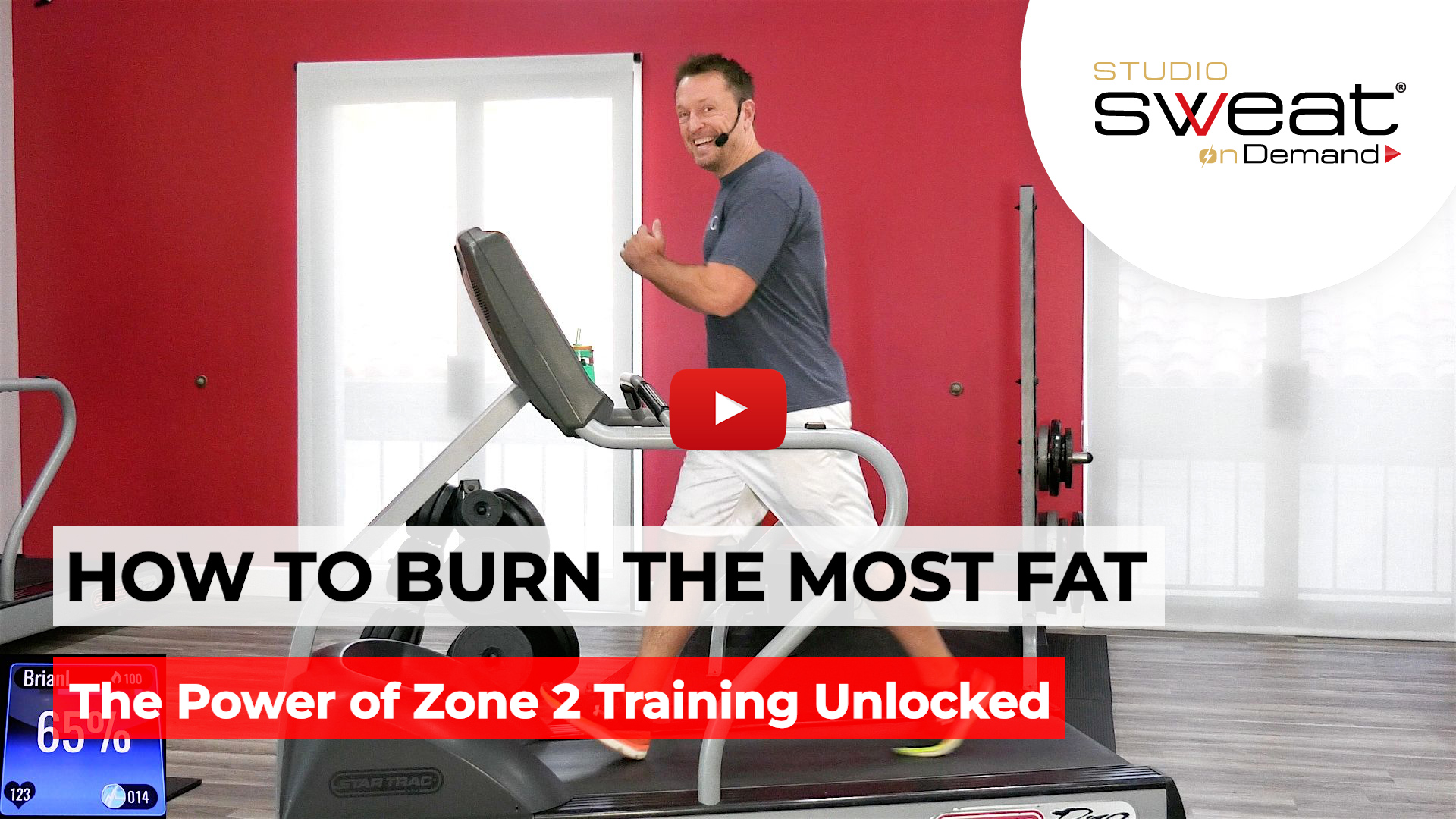When it comes to using indoor cycling gears, it’s easy for a rider, especially a beginner, to get puzzled on what gear should be used during a spin session. Luckily, instructors Cat Kom and Mere W from Studio SWEAT onDemand are here to bring clarity to the confusion, describe some misconceptions around this topic, and really help guide your ride in general.
Indoor Cycling Bike gearing systems come in all different styles. You might be using a bike with a resistance knob, a lever, a computer, etc. Your bike may even have specific gears numbers associated with levels of difficulty. We don’t know which type of gear system you have, but we do know how hard we expect you to work at different points throughout a workout, and that’s really what matters. In this article we want to talk more about that, and clue you in on how you can most effectively use your gears so that you’re not just spinning your wheels.
The short answer to this long question is that the perfect gear and cadence (RPMs) combination varies per individual. Since many riders are used to instructors announcing the precise resistance to add (example, “give me a quarter turn”) or drop, it’s important that the concept of resistance and gear be taught and understood, but the bottom line is that really a gear is perceived. If I tell you to add a gear, it really just means to make it one level tougher than it was before. Tougher for you, not for me.
For a 220 pound guy with quads the size of tree trunks that might be a full turn on his bike with a knob system, but for a 130 pound woman with a lever system that might mean just one click down. It’s all relative, so instead of fixating on the gear, listen to your body and work at a level your instructor is asking you to work. If they ask you to “turn it up”, make it one level harder for you, and if they shout out, “8 out of 10”, set a higher gear according to your own “8 out of 10” effort level.
Another variable that REALLY matter is the speed at which you’re riding. Let’s say you did have a bike with specific numbers assigned to the resistance load, for example gears 1-15, 1 being the lightest. If you were riding in gear 10 at 75 RPMs, would it feel the same as if you were riding in gear 10 and going 95 RPMS? Well, no, of course not!
You see although an instructor asking you to be in a specific gear during a spin class is a simple way for riders to follow, it leads to a misunderstanding of intensity. When following “absolute” knob turns or exact gear numbers, it assumes that each bike’s resistance is identical and uniform. Although the level of resistance between an instructor and a rider cannot be equated, the magnitude of intensity can be, and THAT is what you need to focus on because, more than likely, you can match an instructor’s leg speed or ride at the cadence he calls out. Everyone can do that, but what you have to figure out is what gear, based on your gear system, should you be in to feel the intensity you should be feeling for a given drill.
If your instructor directs you that in this drill you should get to mouth only breathing, she will likely also tell you about what cadence to be at, so if she is directing you to get to gasping at 65 RPMs you better crank that gear hard, but if she directs you to be at 95 RPMs it’s not going to take nearly as much resistance on to get you to that point. Does that make sense? I hope so.
The key is really to know your bike, know your body, and to look and listen to your instructor’s directed intensity levels. Do that and you’ll be geared up for success. 🙂
For more trainer tip videos, visit studiosweatondemand.com.

















Comments - 0